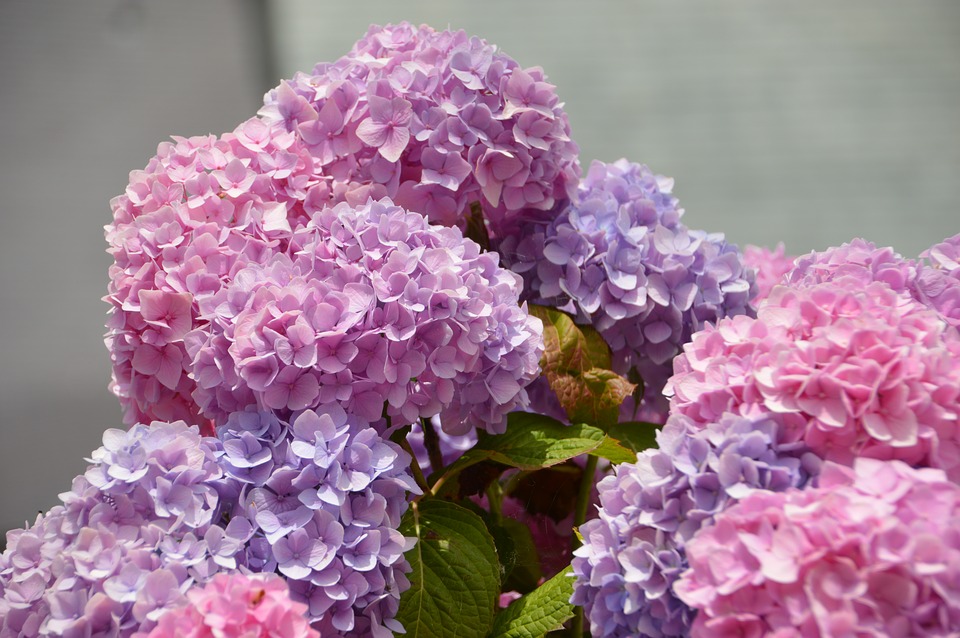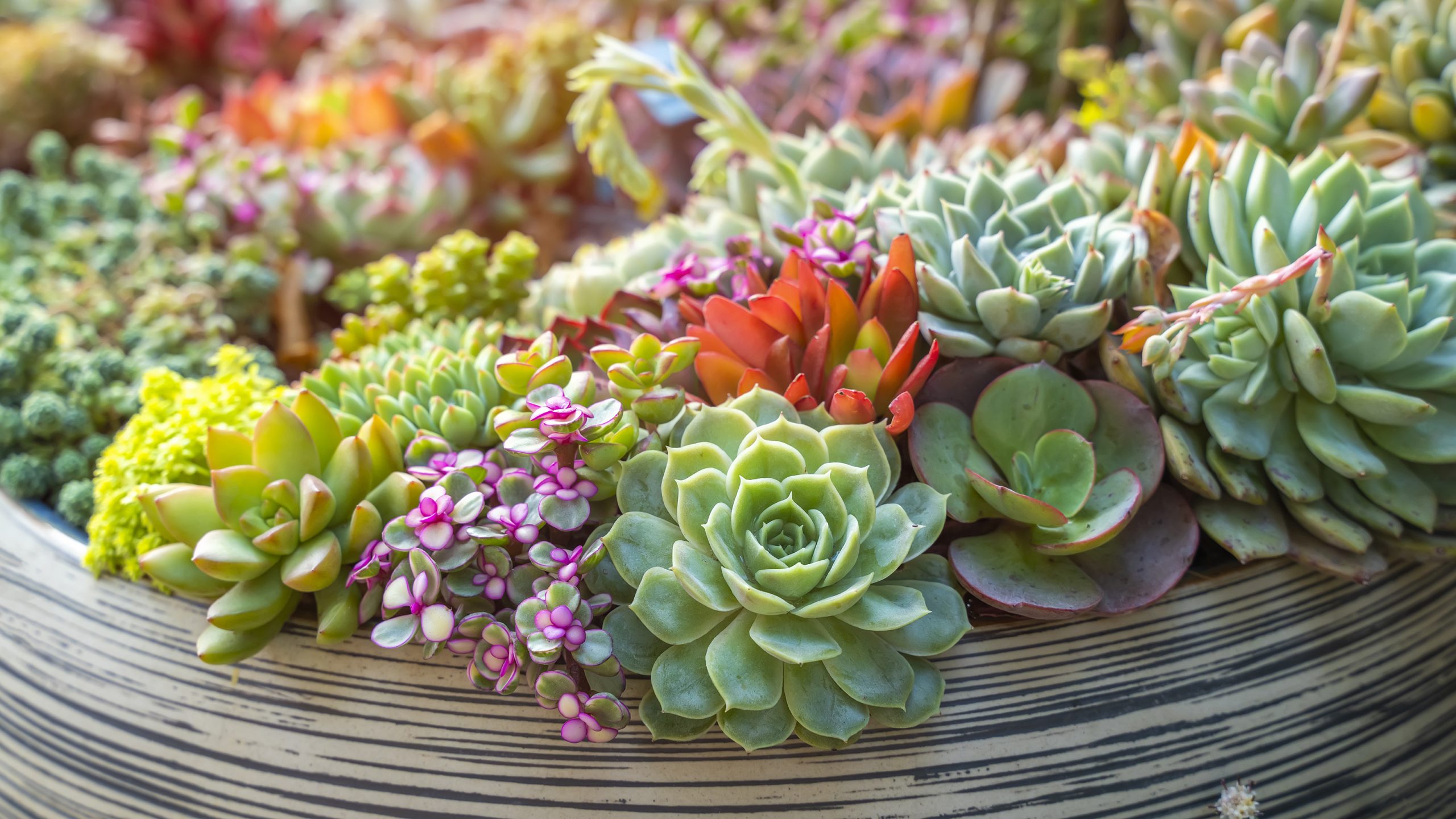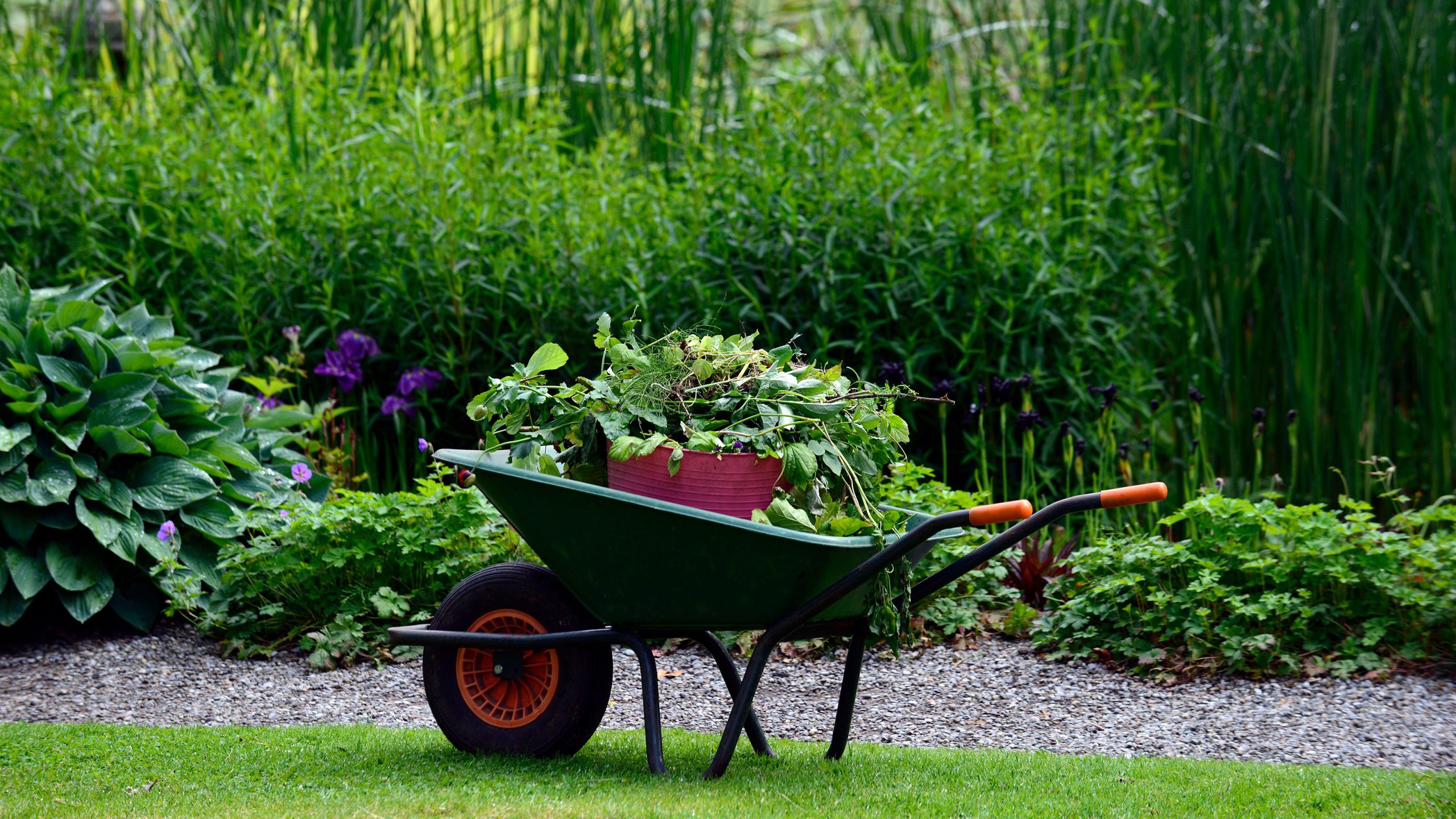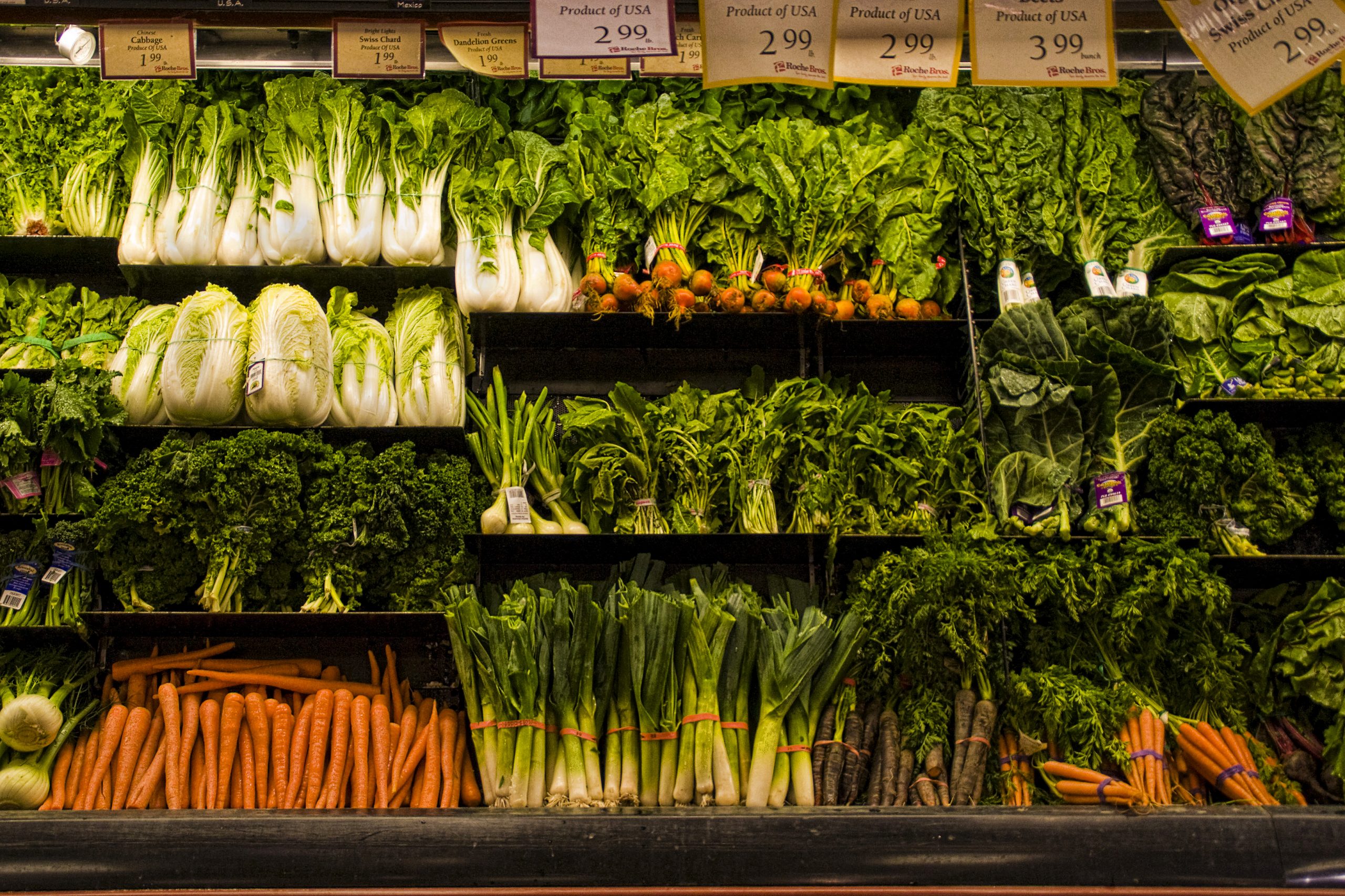Most people don’t plant with a purpose. They might plant vegetables or fruits that they love or that are easiest to grow, but that’s it. Today I’m going to give you a purpose for your garden. Have you ever thought of growing a garden so you can have fresh juice all summer long? I don’t think so. In this article, I will show you how to grow cucumbers, carrots, and all the best fruits and vegetables for juicing and smoothies. Let’s make the immune system stronger…

Carrots
Carrots deserve all the praise in the world; they are high in fiber and help lower cholesterol and blood sugar. They have so many benefits, acting as an antioxidant and anti-inflammatory. Did you know that carrots can take a little frost? So you can grow them in early spring and harvest them about three months later. Not only can you make juice from carrots, but you can also make carrot cake, as they act as a natural sweetener.
Beetroot
Another vegetable similar to carrots is beetroot, which tolerates frost very well. One advantage of beetroots is that you can enjoy them all year round, but you must make sure to plant them every 4 months. Not only do they taste good in the mouth, but they are also good for the body: beetroots have a blood purifying effect and protect against heart disease.
Cucumbers
There’s been a hype about cucumbers lately; they’re in all the detox waters on the internet. This is because of their refreshing properties, as cucumber and lemon are the best combinations for a refreshing drink. Just think of those hot summer days when all you want is a refreshing drink, don’t reach for the fizzy drink; put aside the cola and prepare yourself a cucumber juice. Not only is it more refreshing, but it’s also healthier.
Parsley
Okay, I know it might sound weird, but you’re not going to make all your juice from parsley; it will be an addition to your juice. Mix a juice in the morning and put a few parsley leaves in it; it freshens your breath like nothing else. Not only does it freshen your breath, but parsley also helps cleanse your colon, which can be the main cause of bad breath. You can also use parsley in your pasta to balance out the garlic dose (if you’re a big garlic fan like me).
Celery
Like with parsley, you don’t make all the juice from celery; just add a stalk or two. This juice is great for gout patients as it reduces inflammation and pain. Try to grow your celery organically because if you have kidney problems, the nitrates in some fertilizers can make the problem worse. Celery loves cold climates and needs at least 130 days to reach full maturity. So depending on when you want to enjoy your celery juice, look for a planting schedule for celery.
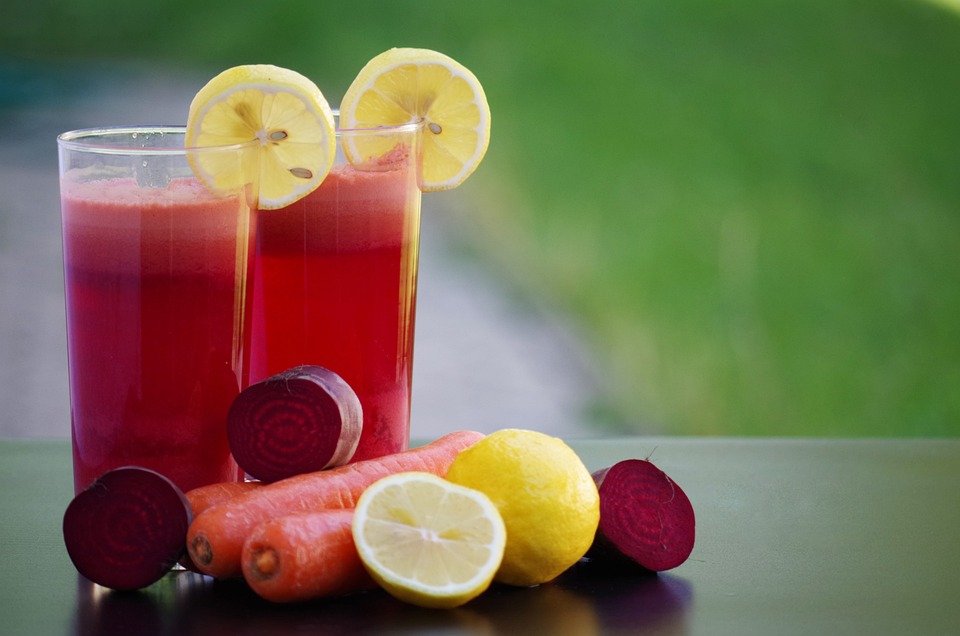
Berries
We have mentioned vegetables and herbs, but not fruits. Berries are easy to grow and are very versatile when it comes to making juices. The way to sweet yet healthy drinks is through berries. If you want something easy to grow, I recommend strawberries, but you can also grow blueberries and raspberries. My favorite way to use them is in a milk smoothie because they bring so much flavor.
It’s not difficult to grow your juice garden; it’s just a matter of choosing the plants. There are many other vegetables and fruits you might want to try. Be sure to read a growing guide to find out when the perfect time to grow is. Let us know what you think about a juice garden in the comments…


